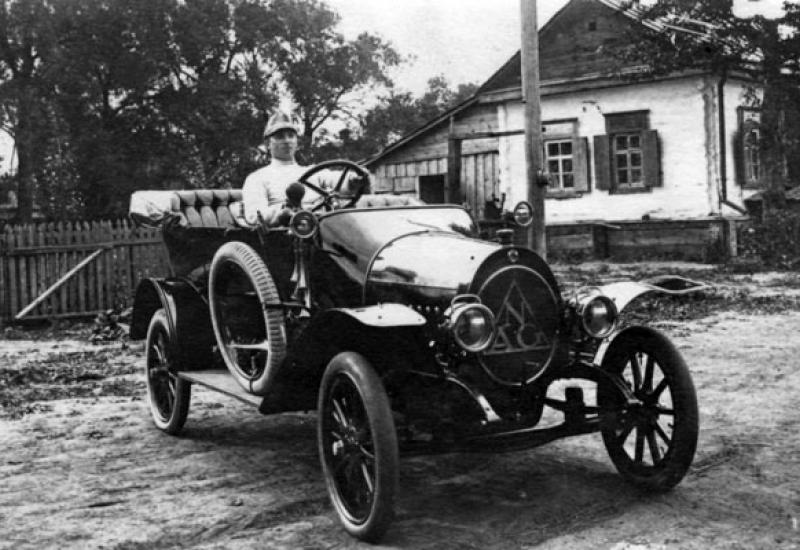The history of humanity is comparable to the rapid flow of water, historical materials not stored by society or its individual personalities disappear like a fallen leaf that falls into this stream. Understanding the importance of preservation of historical materials, the states create museums, where maintain and explore historical monuments.
September 11 this year marks exactly 10 years since the citizens, not only in Ukraine but also many other countries of the world learned that there is in Ukraine a temple of history of scientific thought - State Polytechnic Museum, where you can bring technology items of the past to get an advice or transfer them to the museum.
Among the photos of the album of early twentieth century, retained by the late Natalia Sorokina, sister Ukrainian inventor Nikolai Ivanovich Sorokin, who in 1911-1914 in Novgorod-Seversky was building a helicopter longitudinal scheme (the album includes a lot of pictures that reflect this event) one photo attracted the attention. It depicted a young man of thirty in a car.
The first conclusions that can be drawn from a comparative analysis of all album’s photos are: young man does not belong to the Sorokin’s family, but very interested in the work of N.I. Sorokin, ie it has to do with aviation and control motor machines (then the methods of control plane and the car were not much different).
... A search and investigation started, in which it was found that this photograph shows Hippolyte Lossovskyi. Photo was made at about 1911.
Hippolyte Lossovskyi was born June 21, 1881 in Novhorodseversk,Chernigov province. In 1902 he graduated from Pavlovsk school officers in St. Petersburg and was sent to the troops. Since 1907 Lossovskyi studied at flight school, and after graduation worked as an instructor.
Helicopter N.I. Sorokin aroused great interest of many of his later known contemporaries.
There were among his guests I.I.Sikorsky, future world-renowned designer of helicopters and the student of Moscow Technical College B.M.Yuriev. In 1911, B.M.Yuriev invented a device that have been named automatic warp. This device became an integral part of helicopter design. B.M.Yuriev made calculations of N.I.Sorokin’s helicopter.
Perhaps I.Lossovskyy and Nikolai Sorokin were friends even when children. It is not surprising that I.Lossovskyi in 1911 could come to his hometown to see the work of his friend, also because it was linked to the aircraft.
With the outbreak of World War I I.Lossovskyy became deputy commander of Russian air forces. In 1916, given that I.Lossovskyy was a Pole, and taking into account the rise of independence movement in Poland, the military command of empire moved him in the position of the commandant's flight school in Moscow. In 1917 I. Lossovskyi was one of the organizers of the Polish Military Committee in St. Petersburg. In November 1918 he was invited to work in the Polish aviation. December 22, 1918 I.Lossovskyy became the first commander of the Air Force of Poland. In April 1919 he was appointed chief inspector of the Armed Forces of Poland. I.Lossovskyi died February 10, 1925. After the death, he was given the rank of brigadier general.
I must say, the royal army officer Yu. Shurik (name remains unknown), who was in love with Natalia, emigrated after 1917 in Poland. You can suggest the destination.
The car on the photo is also interesting from the view of the history of technology. This car was made by famous in the early twentieth century German company NAG (Neue Automobil Gesellschaft), which has then considerable success in motor racing.
So secret of this old photo was discovered. As a result, the historical fund returned an unknown photo of Lossovskyi, one of the outstanding personalities of the early twentieth century. Photo where he is depicted in one of the corners of Novgorod-Seversky, in one of his hobbies.

